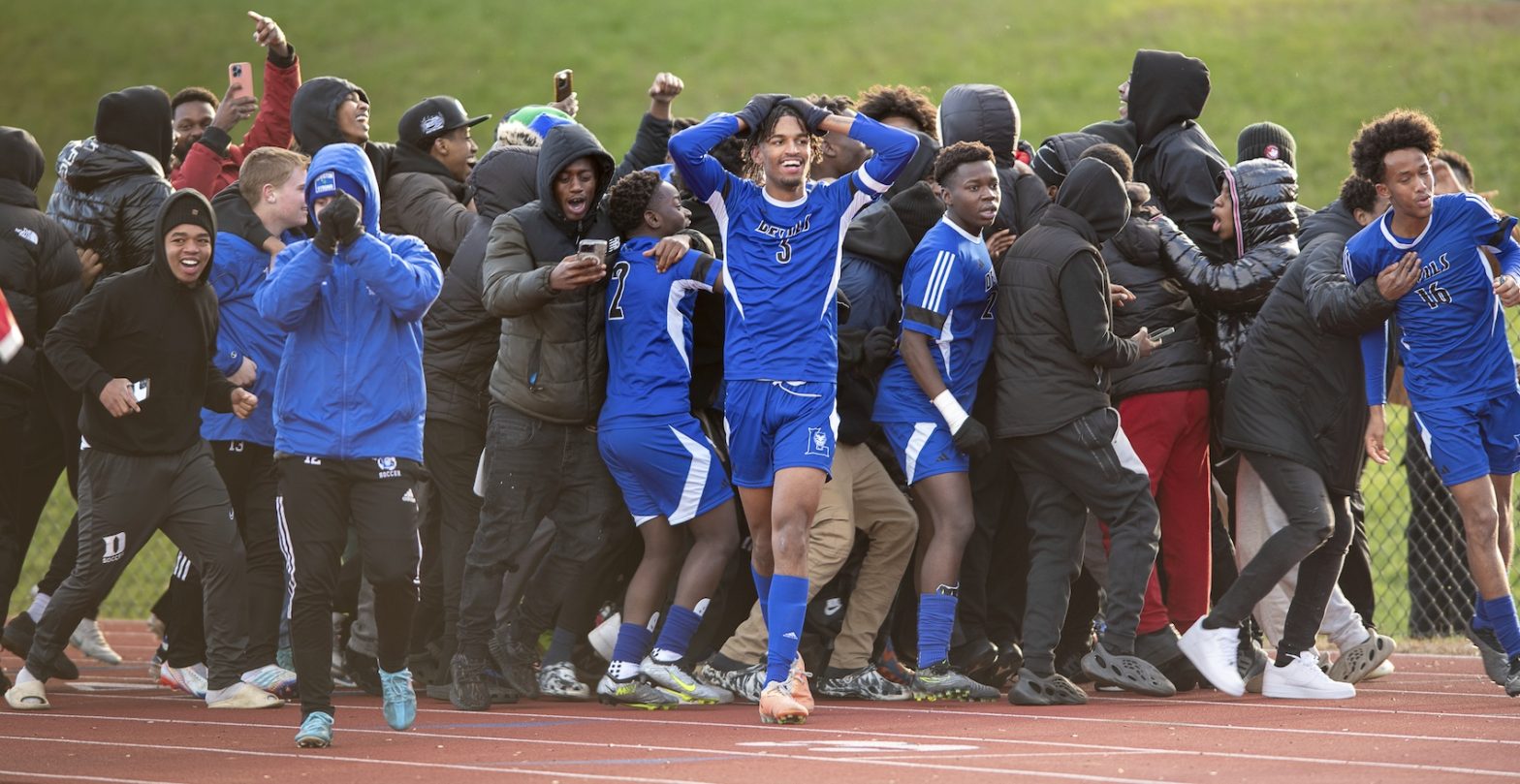Called Out — Reducing Risk in Youth Sports
COMMENTARY

Imagine you could do something to inexpensively protect thousands of kids and also safeguard sports, like football and baseball, which are part of the fabric of this nation. You would do it without hesitation … right?
The New York Times posted a video by Wyatt Bramwell, who was 18 and about to head off to college. In the video he says, “My head is pretty messed up. … The voices and demons in my head just started to take over everything I wanted to do,” which he says came from repeated hits to the head while playing youth tackle football. In the video he makes a final request of his father, “I want my brain donated to be studied.” Then he says, “I love you and goodbye.” Moments later, Wyatt Bramwell committed suicide.
Bramwell’s brain was part of a disturbing new study done on chronic traumatic encephalopathy in kids. The Boston University study examined the brains of 152 youth athletes who played contact sports (football, soccer, hockey and wrestling) and died before turning 30. More than 40% of them suffered from CTE — a disease not otherwise naturally occurring in youth.
The BU study and the heart-wrenching Times story have already touched off the predictable debate: should youth contact sports, in particular football, be banned? This is a far too simplistic, knee-jerk reaction to a horrible, complex problem for American society.
I played youth contact sports — hockey, lacrosse, football, rugby. I’ve continued to play lacrosse into my 50s. I’ve had my “bell rung” more times than a church bell on Sunday. My kids play contact sports and I’ve encouraged them. I’ve coached their teams.
I firmly believe that youth sports, in particular contact sports, help build character, resilience and the ability to work as a team. They give our kids a sense of belonging and greater purpose. The plain truth is getting knocked down teaches you how to get back up and succeed.
While it is easy to focus on football, the CTE problem is much wider. The kids in the study also played soccer, hockey and wrestled. I’ve seen kids who ride horses, do gymnastics, play basketball, play field hockey and scores of other sports suffer head injuries. If you eliminate every sport with some risk, our kids will be left playing video games on the couch — which has its own risks.
Moreover, it’s not just head injuries. In 2022, Teddy Balkind, 15, a junior varsity hockey player at the Brunswick School died when his neck was accidentally cut by an opposing player’s skate. Every Jan. 8, the hockey community puts our sticks out — on front porches, in apartment hallways, at locker room doors and outside of NHL arenas — to celebrate his life and mourn his death.
In February 2012, 12-year-old Tyler Kopp was playing in youth lacrosse outside Rochester, New York. He was hit in the chest by a shot. He suffered commotio cordis and died five days later. (The same injury that nearly killed Damar Hamlin, the Buffalo Bills safety, on national TV during a football game in 2022.)
Commotio corditis has also taken the lives of kids across the nation who were playing youth baseball — the risk is higher for pitchers. Youth pitchers also face a real risk of being hit in the head by a ball batted straight back at them. Yet pitchers wear nothing but a uniform, a baseball glove and a cap.
What’s shocking is all these risks could be significantly reduced at low cost and with minimal effort and disruption.
A simple neck guard can drastically reduce the risk of a hockey player’s neck being slashed. These guards are widely available and cost under $25. Hockey Canada, which sets the rules for youth hockey in Canada, already requires players wear them. USA Hockey recommends kids wear them but doesn’t require it. In the wake of the recent, tragic death of former NHL-player Adam Johnson, USA Hockey’s board of directors has begun the process to change that. Finally.
Every kid who plays baseball wears a batter’s helmet. A basic youth helmet costs about $20. Why don’t pitchers, who are the most vulnerable, wear something similar? Every kid who plays catcher wears a chest protector. Why don’t pitchers wear some sort of chest protection? Protection for youth pitchers need not be full body armor; much less bulky gear, suitable to the position and risks, could significantly reduce the risks to these kids.
A proprietary device called the “Q-Collar” has been FDA approved to help reduce brain injuries in sports like football, soccer and lacrosse. Studies show this device helps reduce changes to the brain from the sort of repetitive blows that experts say cause CTE. Why isn’t this device on every kid who plays these sports? Because it’s not required. Also because of the cost. The collar, which is a simple synthetic band worn around the back of the neck, retails for $199. (I’m all for innovators profiting from their ideas, but a lower cost collar might be more widely adopted.) That said, even at $199, the cost is nothing compared to the damage CTE is doing to our kids.
Consider the example of lacrosse. The first widely known study linking the sport with sudden cardiac arrest deaths appeared in the journal Pediatrics in 2009. Nothing changed at first. Then, after a string of deaths, USA Lacrosse, the sport’s governing body, in 2022 began requiring that every boys lacrosse player must wear shoulder pads equipped with a small chest protector engineered to prevent SCA. The new pads are slightly bulkier, but are well worth the added safety.
It’s easy to pin the blame on parents. Parents could make their kid wear this or that. But many parents don’t know the risks and the available safety measures. Plus, no kid wants to be singled out. When I first played youth hockey we didn’t have to wear helmets. My parents tried to make me. I refused. Now all hockey players wear helmets. It takes league-wide, sports-wide actions to bring about these changes.
Rather than risk all the benefits to kids from playing sports, let’s play smart. Youth sports need to be more proactive in taking simple, cost-effective, commonsense steps to reduce the risks to kids.
Rob Housman is an attorney in Washington, D.C., and the father of a college freshman and high school senior. As a Clinton White House presidential appointee, Rob led efforts to reform the International Olympic Committee and eliminate doping in sports at all levels. He was co-counsel to the International Audit Team for the Sydney Olympic Games. He can be reached on Linkedin.
























